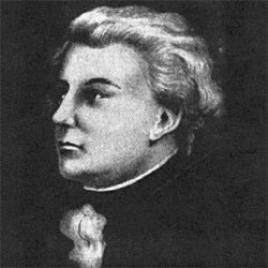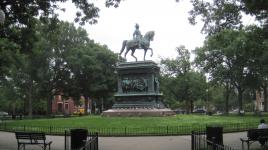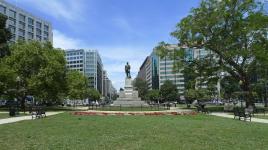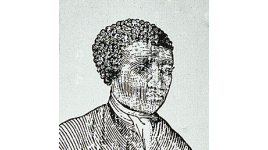Born in Paris, France, Pierre Charles L’Enfant studied at the Royal Academy of Painting and Sculpture. In 1777 he sailed to America to fight in the Revolutionary War as a military engineer in the Continental Army. As Captain of Engineers, he served under George Washington. In 1783 he was promoted to Major.
After the war, L’Enfant started an architectural and engineering firm in New York City. His most important project was the redesign of New York City’s Federal Hall. In 1791 President Washington commissioned L’Enfant to design the new capital city of the U.S., Washington, DC. Geographer Andrew Ellicott and his associate Benjamin Banneker were appointed to work with L’Enfant on the creation of the plan.
L’Enfant’s baroque-inspired grand plan laid the city out on a primary grid with a series of diagonal streets radiating outwards and two seminal avenues. L’Enfant’s volatile temper and inability both to compromise his vision and to meet key deadlines resulted in his removal from the project by Washington in 1792. It is storied that Banneker had to redraw the plans from memory after L’Enfant departed with the drawings. Ellicott subsequently revised the plan.
L’Enfant was never paid the full amount for his creation of the federal city plan. His career faltered after the failed commission and he died a pauper. In 1901 the McMillan Commission used L’Enfant’s plan in their recommendations for the redesign of portions of the city. This report led to the creation of the National Mall.
















